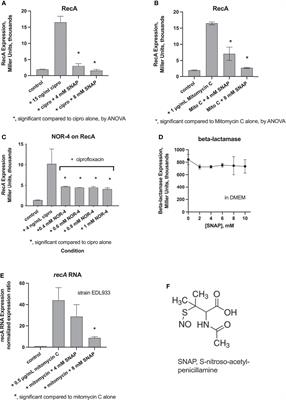EDITORIAL
Published on 29 Aug 2022
Editorial: Shiga toxin-producing Escherichia coli (STEC) infections and consequences
doi 10.3389/fcimb.2022.1015653
- 1,407 views
- 2 citations
5,706
Total downloads
22k
Total views and downloads
You will be redirected to our submission process.
EDITORIAL
Published on 29 Aug 2022
ORIGINAL RESEARCH
Published on 09 Aug 2022
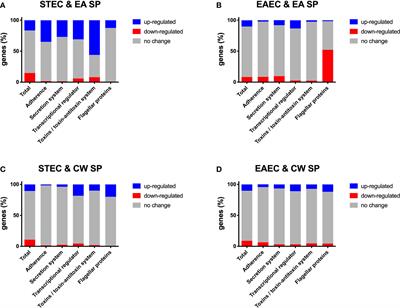
ORIGINAL RESEARCH
Published on 23 Jun 2022
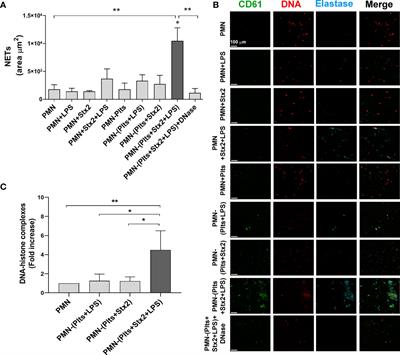
ORIGINAL RESEARCH
Published on 13 Jun 2022
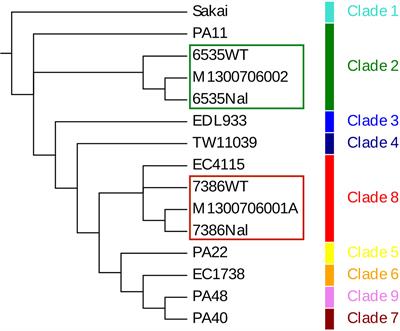
REVIEW
Published on 10 Feb 2022
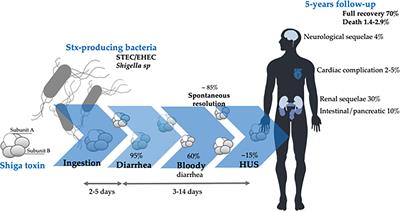
ORIGINAL RESEARCH
Published on 09 Feb 2022
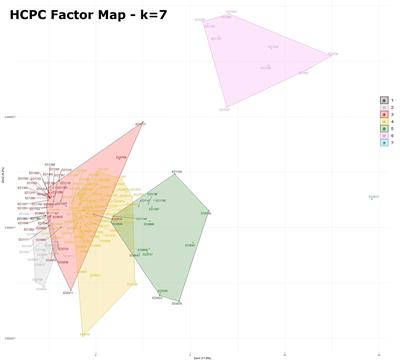
ORIGINAL RESEARCH
Published on 22 Dec 2021
